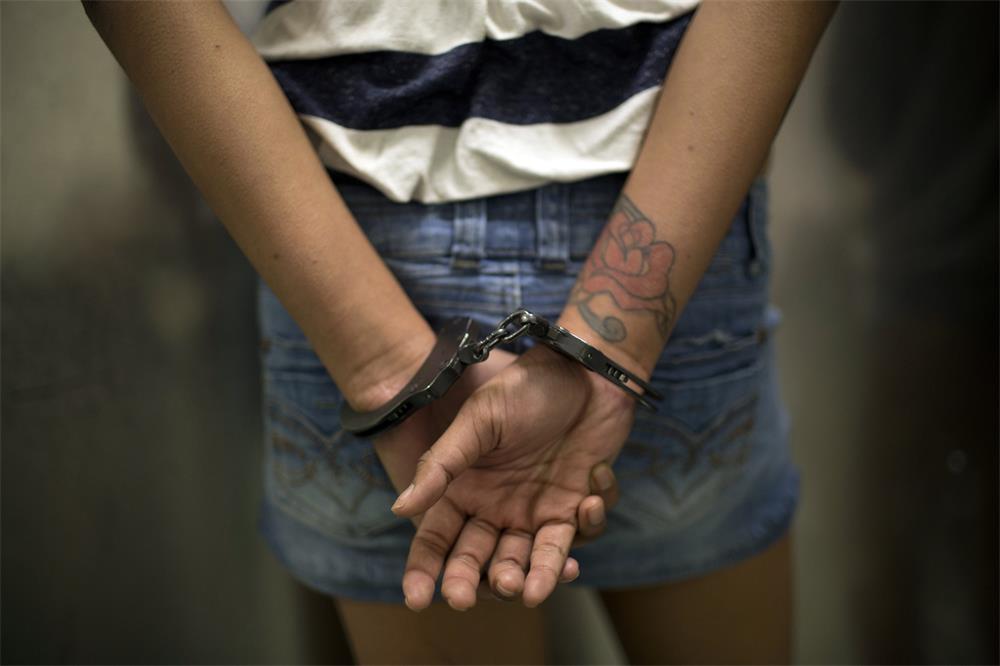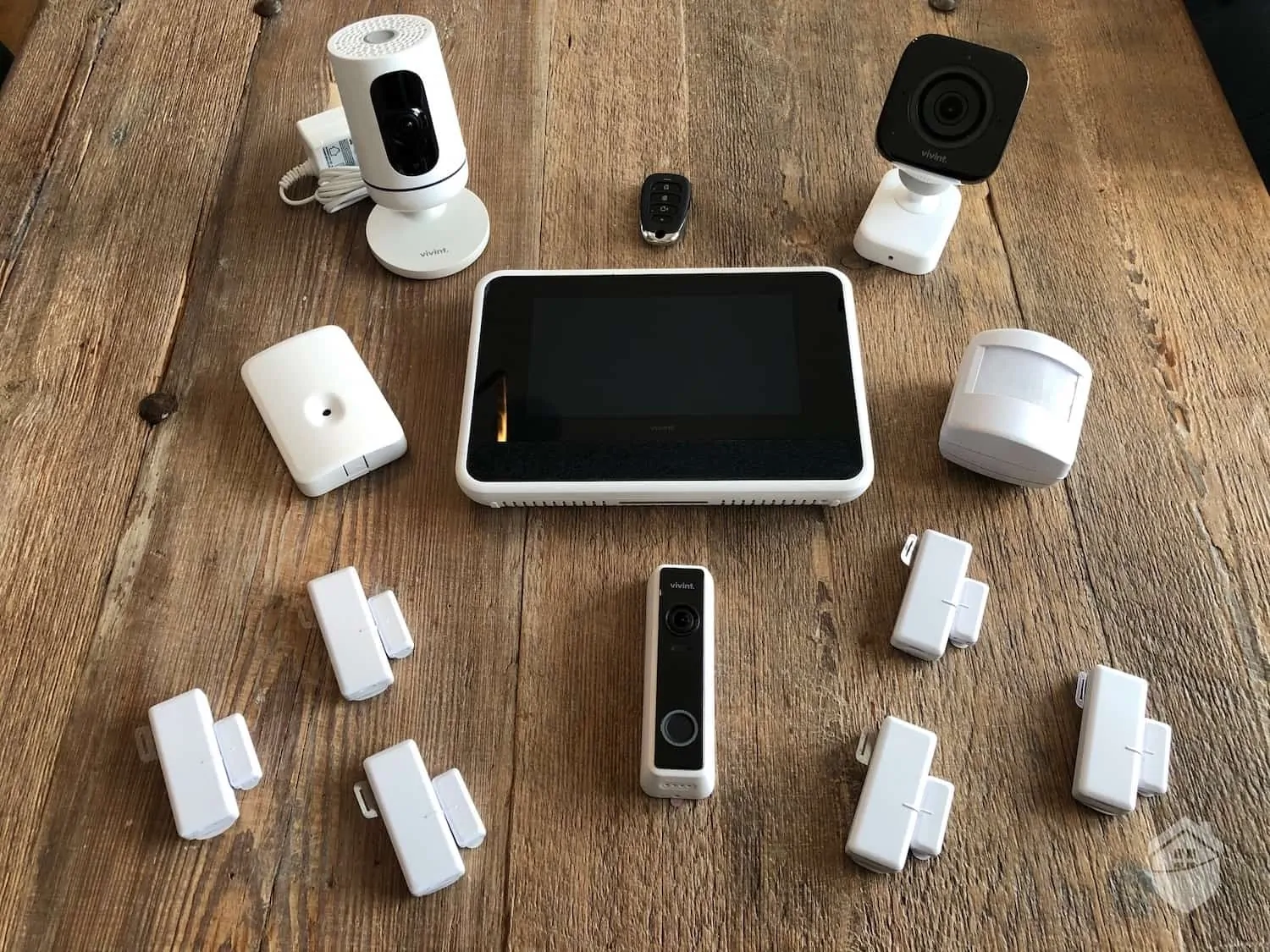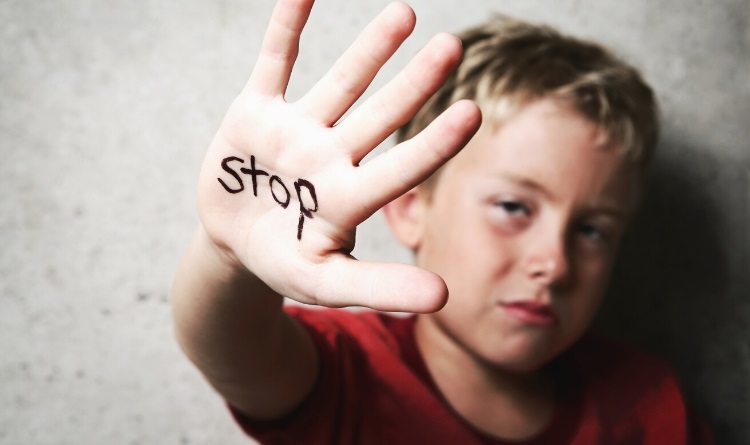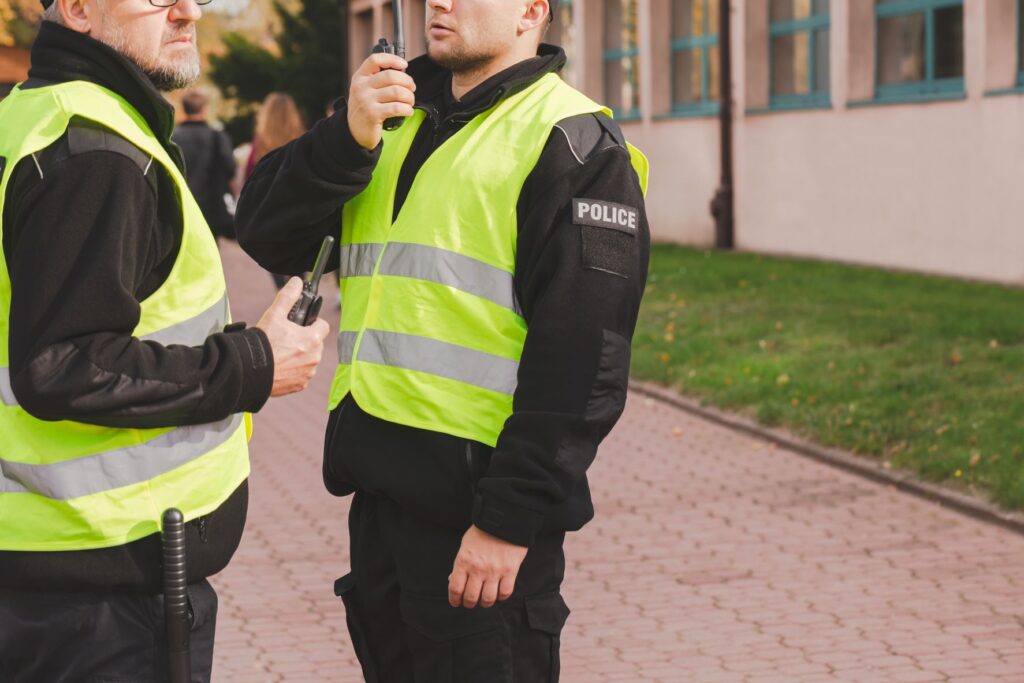Contents
Juvenile delinquency and school violence are serious issues affecting our society. The term “juvenile delinquency” refers to the criminal behavior of minors, often involving illegal acts such as vandalism, theft, drug abuse and violent crimes. On the other hand, school violence includes any form of physical or psychological harm that occurs within a school environment.
These actions can cause lasting damage to victims as well as perpetrators. Preventing juvenile delinquency and school violence is of utmost importance for the safety and wellbeing of our communities.
It is important for all stakeholders to work together in advocating and implementing methods that effectively address these issues. Juvenile delinquency can lead to negative consequences such as academic failure, substance abuse, mental health problems, incarceration, and even death.
School violence can cause long-term psychological effects on victims such as depression, anxiety disorders, post-traumatic stress disorder (PTSD), or even suicide. To tackle these prevalent issues requires a coordinated approach from families, educators, law enforcement officials and community leaders which involves early intervention programs emphasizing positive relationships with youth; creating safe learning environments; promoting mental health support services; and exploring alternative justice practices.
Preventing juvenile delinquency and school violence begins with acknowledging the issue at hand. Only then can we take necessary steps towards creating safer communities for all.
Understanding the Causes
Factors that Contribute to Juvenile Delinquency
Juvenile delinquency refers to the criminal behavior of minors. Many factors can contribute to this kind of behavior. The first factor is family problems, such as domestic violence or substance abuse by parents or guardians.
These problems can lead to neglect, which in turn can cause children to feel unloved and unwanted. This can result in low self-esteem and a lack of confidence in social interactions.
Another factor is peer pressure, where children are influenced by their peers and become involved in gangs or other criminal activities. Poverty also plays a significant role in juvenile delinquency as children from impoverished backgrounds may feel they have few options for success other than turning to crime.
Social, Economic, and Cultural Influences
Social factors such as bullying, discrimination, and social exclusion can also contribute to juvenile delinquency. Children who experience these issues may feel isolated and turn to crime as a coping mechanism.
Economic factors such as unemployment, lack of access to education, or limited job opportunities are also contributing factors. Children who grow up in poverty-stricken areas may see no alternatives but illegal activity.
Cultural influences like media exposure or subcultures promoting violence glorify it – which ultimately leads some kids believe it’s “cool,” leading them into delinquent behavior. It’s important that we recognize all these contributing factors so that we can address them effectively with relevant solutions.
Why Early Intervention Programs are Crucial in Preventing Juvenile Delinquency and School Violence
Early intervention programs are vital in preventing delinquent behavior and violence in schools. The earlier the intervention, the better the chance of steering young people away from a path that will lead them to commit crimes or exhibit violent tendencies. There is ample research to support that early intervention programs can make a significant difference in a young person’s life.
These programs can provide children with the tools to manage their emotions, help them develop better problem-solving skills, and give them the confidence they need to make good decisions. One successful program is called “Communities That Care.” This program uses a data-driven approach to identify risk factors in communities that contribute to delinquent behavior and violence.
It then creates prevention strategies tailored to each community’s unique needs. Another successful early intervention program is “Big Brothers Big Sisters.” This mentoring program matches adult volunteers with at-risk youth so that they can establish positive role models and build healthy relationships.
Examples of Successful Early Intervention Programs
The Nurse-Family Partnership Program is another example of an effective early intervention program. This program provides low-income, first-time mothers-to-be with weekly home visits by registered nurses.
The nurses offer guidance on maternal health issues and parenting skills during pregnancy up until their child turns 2 years old. The Parent-Child Home Program is yet another successful program working towards preventing juvenile delinquency and school violence by providing parents with tools for building their child’s cognitive development from birth through age five years old through twice-weekly home visits by trained facilitators who model behaviors for parents.
It’s clear that early intervention programs can have a significant impact on reducing juvenile delinquency and school violence rates. By identifying at-risk youth early on, providing them with positive role models or mentors, teaching valuable life skills, such as problem-solving and conflict resolution, and improving parenting skills, we can help steer our youth towards a brighter future.
Building Positive Relationships with Youth
The Importance of Positive Relationships
One of the most effective ways to prevent juvenile delinquency and school violence is by building positive relationships with youth. Positive relationships can provide a sense of belonging, support, and guidance, which are crucial for healthy development. When young people feel connected to caring adults, they are less likely to engage in risky behaviors and more likely to succeed academically.
The Role of Parents, Teachers, Mentors, and Community Leaders
Parents play a significant role in building positive relationships with their children. They can do this by spending quality time with their kids, communicating openly and honestly, setting clear expectations and boundaries, providing emotional support, and being involved in their children’s lives.
Teachers also have an essential role in fostering positive relationships with students. They can achieve this by creating a safe classroom environment that promotes respect for diversity and encouraging participation from all students.
By being approachable and available to help students outside class hours teachers can develop trust-based relations with them. Mentors can serve as positive role models for young people who may not have a strong support system at home or school.
Mentors provide guidance on everything from academics to personal issues. Working as an advocate for the child on behalf of parents is also one way mentors can help build better communication between children’s parents or guardians.
Community leaders such as religious leaders or social workers play an important part too. They work towards ensuring that there are plenty of opportunities for young people to participate in sports activities or after-school clubs where they can develop new interests while getting the emotional support they need.
Strategies for Effective Communication
Effective communication is key when it comes to building positive relationships with youth. It is important that adults connect using age-appropriate language while avoiding judgmental statements that might make young people feel defensive or uncomfortable. Some tips for effective communication include active listening, open body language, showing empathy, and building trust over time.
Show interest in what young people have to say. Listen actively by maintaining eye contact when they are speaking, ask questions that demonstrate understanding of their situation.
Allow them to speak out their minds and do not interrupt them when speaking. Adults should be patient, approachable and genuine while communicating with the younger ones.
Building positive relationships take time and effort from both parties involved but it’s worth it! Together we can make our communities a safer place for all young people to thrive.
Creating Safe School Environments
Implementing safety measures such as security systems, metal detectors, and emergency response plans
One crucial aspect of preventing school violence is to create a safe learning environment. Implementing safety measures such as security systems, metal detectors, and emergency response plans can help deter potential threats. Schools should install surveillance cameras throughout the campus to monitor all areas of the school.
Metal detectors at entry points can screen for weapons and other harmful materials. Having an emergency response plan in place is also essential.
The plan should outline procedures for responding to various emergencies, including natural disasters, medical emergencies, and acts of violence. It should be communicated regularly to all faculty members and students so that everyone knows what to do in case of an emergency.
Promoting a culture of respect and inclusion
Another significant factor in creating a safe learning environment is promoting a culture of respect and inclusion. Schools should emphasize the importance of treating everyone with dignity and respect regardless of their background or beliefs.
Administrators must ensure that every student feels valued and supported within the school community. Teachers can teach about cultural diversity through lessons on different cultures’ traditions, beliefs, music or food during classes.
Hosting cultural events featuring different student ethnicities can create more inclusivity among students within the school premises. Schools need to encourage students to report any incidents where they feel unsafe or threatened; informing staff members about it will help solve dangerous situations before they escalate dangerously.
Moreover, teachers are encouraged to educate their students on bullying prevention techniques that promote kindness towards others. A safe space created by schools will inevitably lead to fewer cases related to juvenile delinquency.
Mental Health Support
“Mental Health is Just as Important as Physical Health”
It’s no secret that mental health issues can have a significant impact on an individual’s life. This is especially true for children and adolescents who are still developing emotionally and socially. Unfortunately, mental health concerns among youth are often overlooked or ignored, leading to consequences such as poor academic performance, substance abuse, and delinquent behavior.
As part of preventing juvenile delinquency and school violence, it’s essential to prioritize mental health support for youth. This means not only recognizing the signs of mental illness but also providing access to counseling services that address these issues.
“Recognizing the Signs”
The first step in addressing mental health concerns is recognizing the signs. These can include changes in behavior or mood, difficulty concentrating or sleeping, withdrawal from activities once enjoyed, self-harm behaviors, and thoughts of suicide. Teachers and parents should be aware of these indicators and take action when they observe them in their children or students.
However, it can be challenging to identify these signs since some kids may hide their emotions well. That’s why having open communication channels is vital between teachers/parents/counselors with their youth.
“Providing Access to Counseling Services”
Once signs have been identified, it’s crucial to provide access to counseling services that specialize in youth mental health issues. Mental health professionals can help young people manage their emotions through coping strategies specific to their individual needs.
Counseling services can be made available on-site at schools by having full-time counselors or through partnership with local clinics where students can receive help during school hours. Additionally, community-based organizations can offer resources such as group therapy sessions that foster a sense of belonging while addressing behavioral issues among peers.
“Breaking the Stigma around Mental Health”
Despite the progress made in discussing mental health issues, there is still a significant amount of stigma attached to it. It’s essential to break down these barriers and make mental health support accessible without shame or judgment.
Breaking the stigma around mental health may involve educating parents, students, and teachers about the normalcy of mental health issues and how to seek help. Additionally, it may also include creating campaigns that promote positive discussions surrounding mental health, such as holding workshops for families or inviting speakers who have overcome mental illness.
Addressing mental health concerns in youth is crucial in preventing juvenile delinquency and school violence. By recognizing signs of distress, providing access to counseling services tailored for young people’s needs, breaking down stigma surrounding the issue can make a significant difference in promoting our youth’s well-being.
Restorative Justice Practices
The Importance of Alternative Approaches
Traditional punishment methods, such as detention, suspension, or expulsion, are often ineffective in preventing juvenile delinquency and school violence. Instead of focusing solely on punishing the offender, restorative justice practices aim to repair the harm done and build stronger relationships between all parties involved.
When a student engages in delinquent behavior or violence at school, those affected can include not only the victim but also teachers, peers, and the community. Restorative justice practices recognize that everyone involved has been impacted by the incident and seeks to bring them together to find a solution that benefits everyone.
Repairing Harm Done
One of the primary goals of restorative justice practices is to repair the harm done by delinquent behavior or violence. This can be achieved through various means such as victim-offender mediation or community service projects.
Rather than simply punishing the offender and moving on, restorative justice practices encourage them to take responsibility for their actions and work towards making amends. Victim-offender mediation involves bringing together both parties to discuss how they were affected by the incident.
The goal is for both sides to come to an agreement about how best to move forward and make things right. Community service projects offer offenders an opportunity to give back to their community while also learning important life skills.
A Positive Impact on Youth
Research has shown that restorative justice practices have a positive impact on youth by reducing recidivism rates and increasing empathy towards others. By taking responsibility for their actions and working towards repairing harm done, offenders can gain a better understanding of how their choices impact others.
Moreover, restorative justice practices aim to build positive relationships between students, teachers, parents, and community members. By bringing everyone together in this way, relationships are strengthened which creates a more positive school and community environment.
The Way Forward
While restorative justice practices are not a perfect solution, they offer a promising alternative to traditional punishment methods. By focusing on repairing harm done rather than solely punishing the offender, restorative justice practices seek to promote meaningful change and create a more positive school and community environment. By implementing these practices in schools across the country, we can work towards preventing juvenile delinquency and school violence.
Conclusion
Summary of Key Points Discussed in the Article
In this article, we have explored various strategies for preventing juvenile delinquency and school violence. We discussed the importance of understanding the underlying causes of these issues, including social, economic, and cultural factors. We also highlighted the significance of early intervention programs and building positive relationships with youth as effective prevention measures.
Creating safe school environments through security measures and promoting a culture of respect and inclusion was another important aspect we explored. Additionally, providing mental health support and utilizing restorative justice practices were identified as crucial components in preventing juvenile delinquency and school violence.
The Importance of Taking Action Towards Preventing Juvenile Delinquency and School Violence
Juvenile delinquency and school violence have severe long-term consequences for individuals, families, communities, and society as a whole. It is essential to take action towards preventing these issues rather than solely reacting after they occur.
Prevention requires collaboration between parents, teachers, mentors, community leaders, law enforcement officials, mental health professionals, government agencies at all levels. Prevention efforts must prioritize early intervention programs that target at-risk youth before they engage in delinquent behavior or violent acts.
These interventions should focus on building positive relationships with youth through mentoring programs or other engaging activities that promote pro-social behavior. Creating safe school environments is another critical prevention measure that involves implementing safety measures such as security systems to reduce access to dangerous weapons on campus.
Promoting a culture of respect and inclusion can also help prevent bullying or harassment among students. Providing mental health support is equally important in reducing incidents of school violence since issues like depression or anxiety often lead to aggressive behavior.
Restorative justice practices are an alternative approach to traditional punishment methods that focus on repairing harm done rather than solely punishing the offender. By working together using innovative strategies like these mentioned here, we can effectively prevent juvenile delinquency and school violence.
It will require a concerted effort from everyone involved, but the benefits of preventing these issues are immeasurable. Let us act proactively to create safer communities for today’s youth and tomorrow’s leaders.










